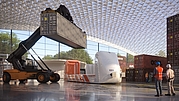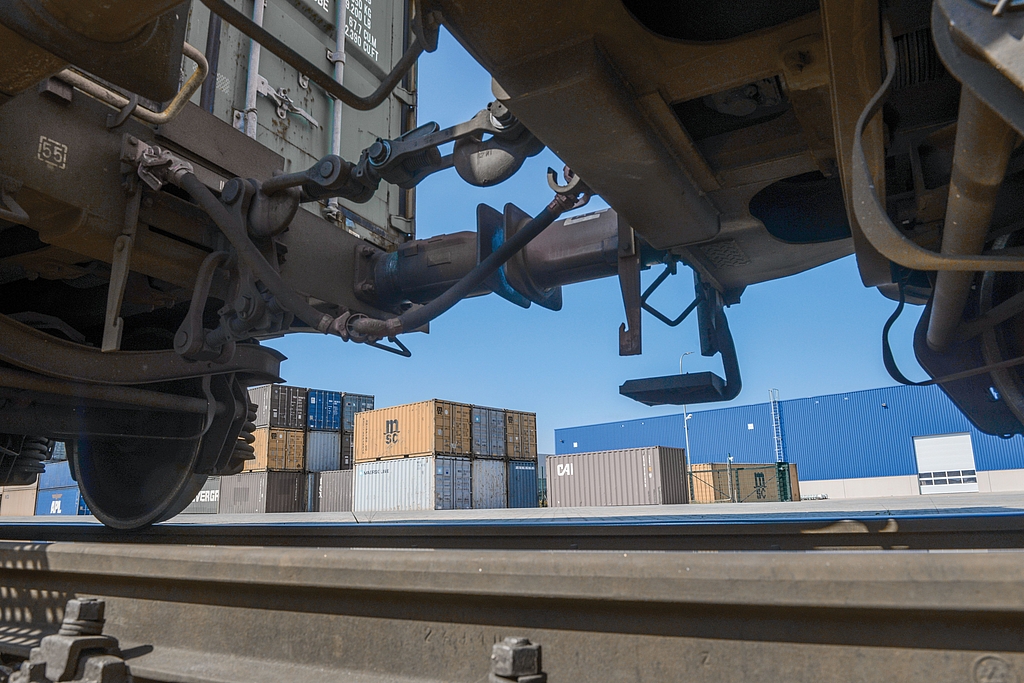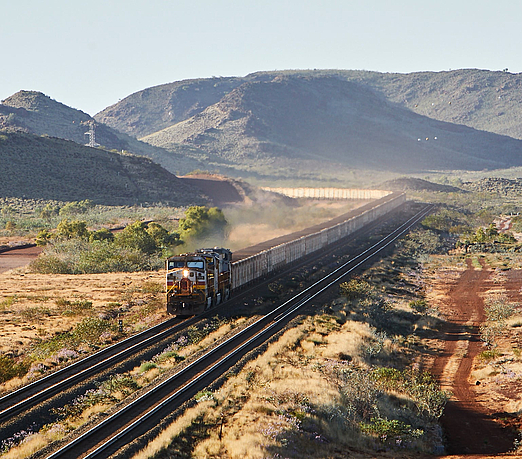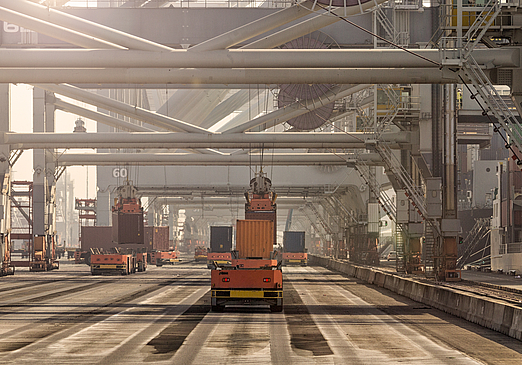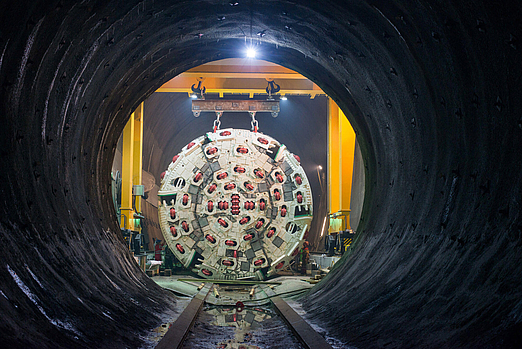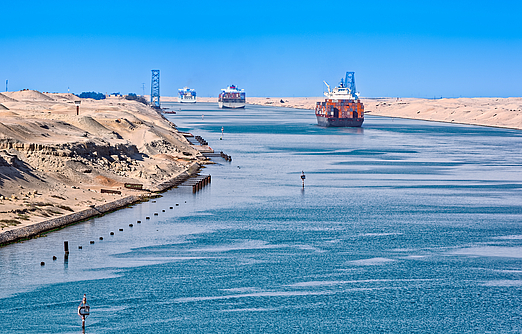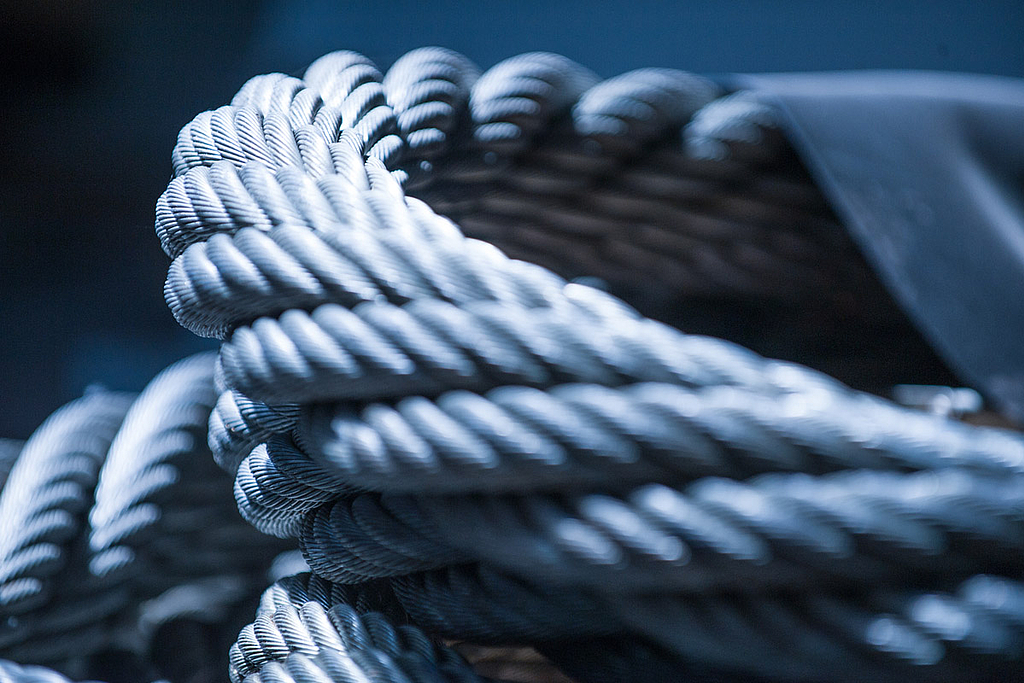Nevomo: A different kind of magnetic railway
A sustainable magnet upgrade for rail tracks
- Insights
Elon Musk’s Hyperloop was the talk of the town not so long ago, but the project has recently bogged down due to technical and financial challenges. A Polish startup called “Nevomo” sees its approach as forming a link between modern maglev trains and conventional train operations. Expanding and upgrading the existing infrastructure with “MagRail” technology and linear motors should improve the efficiency and performance of rail traffic. Opportunities abound in the area of rail freight traffic in particular...
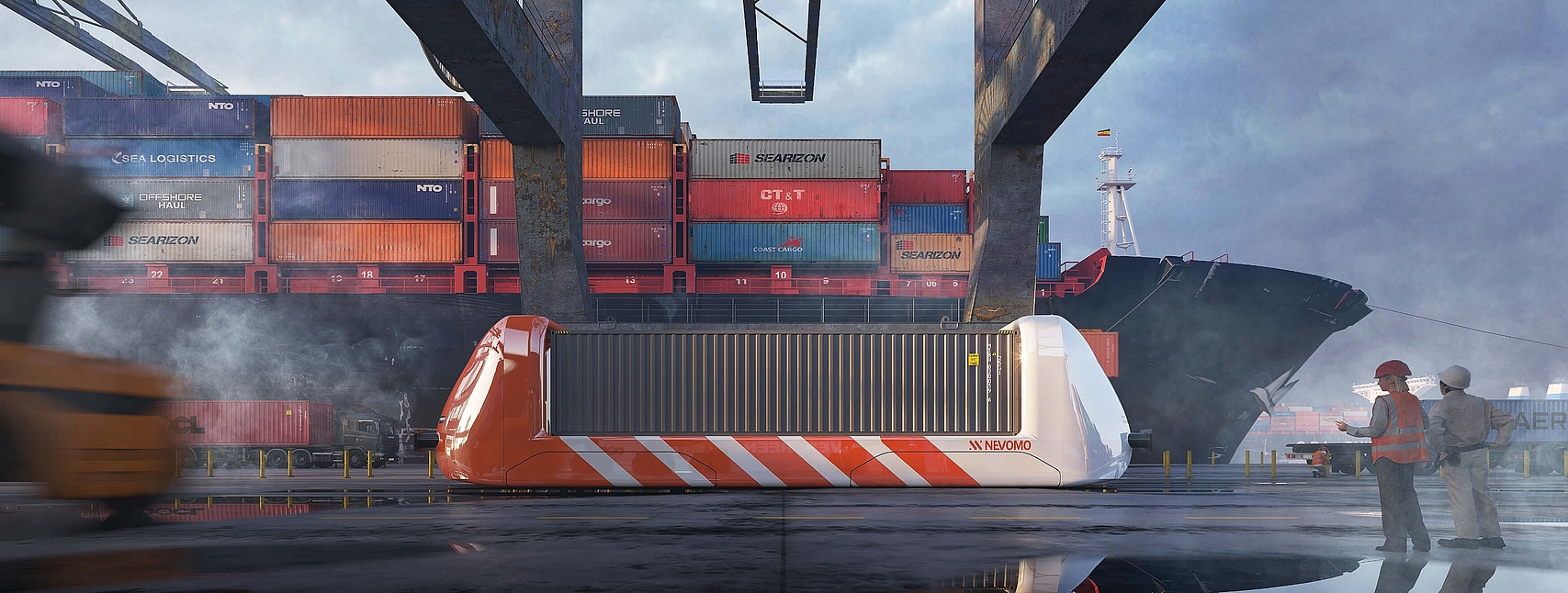
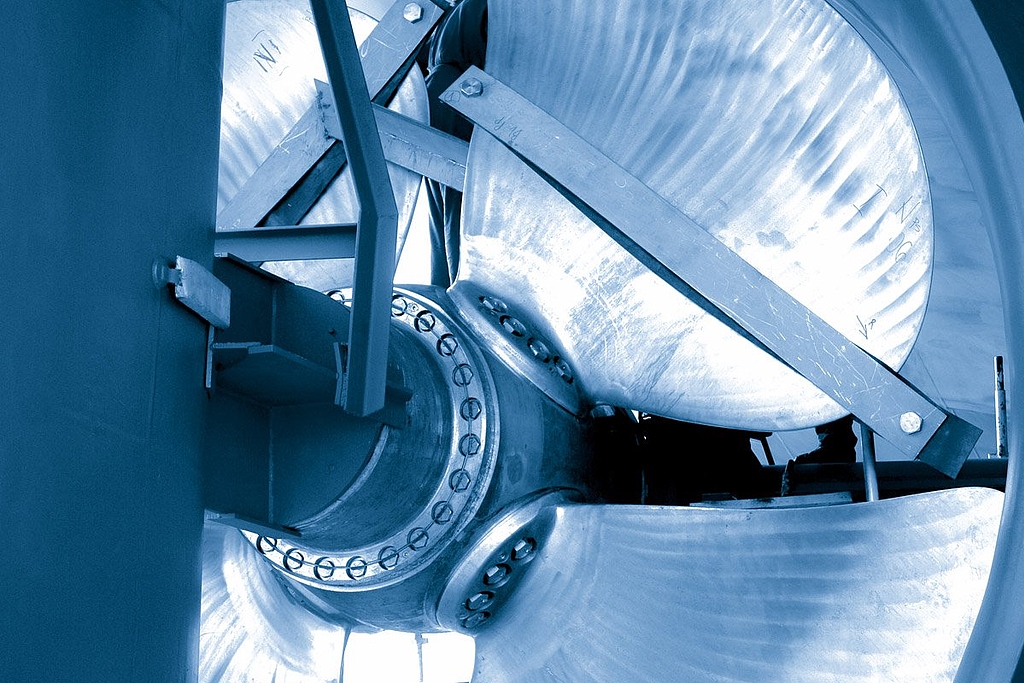
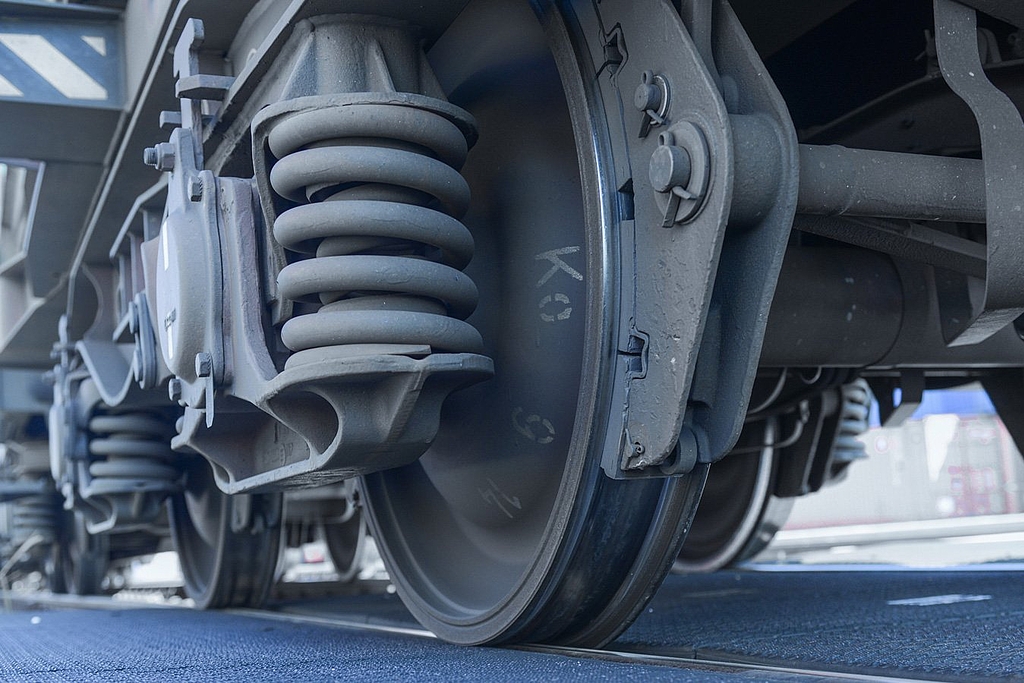
Our rail service is faster than sea cargo and less expensive than air cargo, giving you the best of both worlds.
Rail transport is a fast, cost-effective and environment-friendly alternative to air and sea freight. Our specialized teams will create the optimal rail transport concept for any commodity.
Find out more


